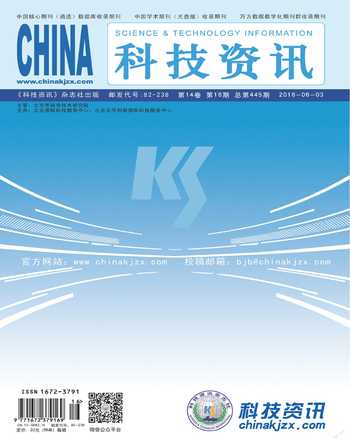煤制烯烃技术经济性能和生命周期评价
钱宇 杨思 宇项东
摘要:传统的烯烃生产严重依赖石油。世界石油储量越来越少,价格持续上涨,烯烃供求矛盾在中国为代表的发展中国家中尤为突出,发展非石油路线烯烃生产技术迫在眉睫。中国是一个富煤、贫油、少气的国家,煤制烯烃技术有望成为烯烃生产的一项重要的替代路线。煤炭路线具有较大的成本优势。然而,煤制烯烃工艺路线的能耗、水耗、CO2排放分别是石油路线的2倍、3倍和4倍;煤制烯烃投资高于石油制烯烃的投资,60万吨煤制烯烃装置的单位烯烃投资是150万吨石油制烯烃装置的3倍。煤制烯烃工艺技术和公用工程都还有很大的技术改进和集成优化的空间,装置规模有待进一步提高。甲醇制烯烃尽管投资低和CO2排放小,但其产品成本高且受原料市场价格波动影响很大。增加了CCS的煤制烯烃路线可大幅降低CO2排放,且其对能效和经济性能影响不大。当CO2 捕集率为80%时,其CO2减排成本为150 RMB/t,与当前碳税基本持平。两者相比,具有CCS的煤制烯烃的产品成本低和抵御风险能力强。针对煤制烯烃路线高能耗高排放的问题,开发应用天然气/焦炉气联供煤制烯烃过程,有望推进富碳原料和富氢原料元素互补和能量集成的过程创新,实现CO2减排,同时提高能量利用效率。升级现有的煤粉碎与除尘设备,可减少PM环境治理成本,提高其生命周期经济性能。
关键词:煤制烯烃;石油制烯烃;CO2捕集和封存;甲醇制烯烃;技术经济;生命周期分析
Techno-economic performance and life cycle analysis of the coal-to-olefins process
Abstract:Traditional olefins production is heavily dependent on oil. However, the world oil resource is increasingly depleted. Although the yield of olefins increases year by year in China, it still could not satisfy the quick demand. Developing alternative oil route for olefins production is urgently needed. The Chinese energy structure is charcterized by richess in coal and shortage in natural gas and oil. Coal-to-olefins technology is expected to become an inportant alternative route of olefins production. Results show that coal based olefins process has prominent advantage in product cost. However, it suffers from the limitations of higher energy consumption, water usage, CO2 emissions, and captal investment, of which the ratios to the oil-to-olefins process are 2, 3,4, and 4, respectively. There is a large room for technological improvement and process integration in coal-to-olefins plants. Although the methanol-to-olefins process has the advantages of low capital investment and environmental impact, its product cost is much higher and its economic performance is easily influenced by methanol price. Adding CCS to the coal-to-olefins process could largely reduce CO2 emissions and the coresponding energetic and economic penalties has relative small effect. When carbon capture rate is 80%, its mitigation cost is 150 RMB/t, roughly equivalent to the international carbon tax. Thus, coal-to-olefins with CCS could relieve the conflit between the supply and demand of olefins, meanwhile reduce CO2 emissions, and manifest a strong anti-risk capacity to the raw material market. In order to solve the problems of high energy consumption and serious emissions of the coal-to-olefins process, development and application of co-feed system of natural gas/ coke oven gas and coal to olefins processes is expected to promote energy integration, and element complementary of carbon-rich and hydrogen-rich raw material. Upgrading existing equipments for coal pulverization and removing dust could reduce cost for environmental improvement and improving the life cycle economic performance of the coal-to-olefins process.
Keywords:Coal-to-olefins; Oil-to-olefins, CCS, methanol-to-olefins; Techno-economic, Life cycle analysis
阅读全文链接(需实名注册):http://www.nstrs.cn/xiangxiBG.aspx?id=51282&flag=1

